What Is Lethal Bole Rot: Learn About Lethal Bole Rot Disease
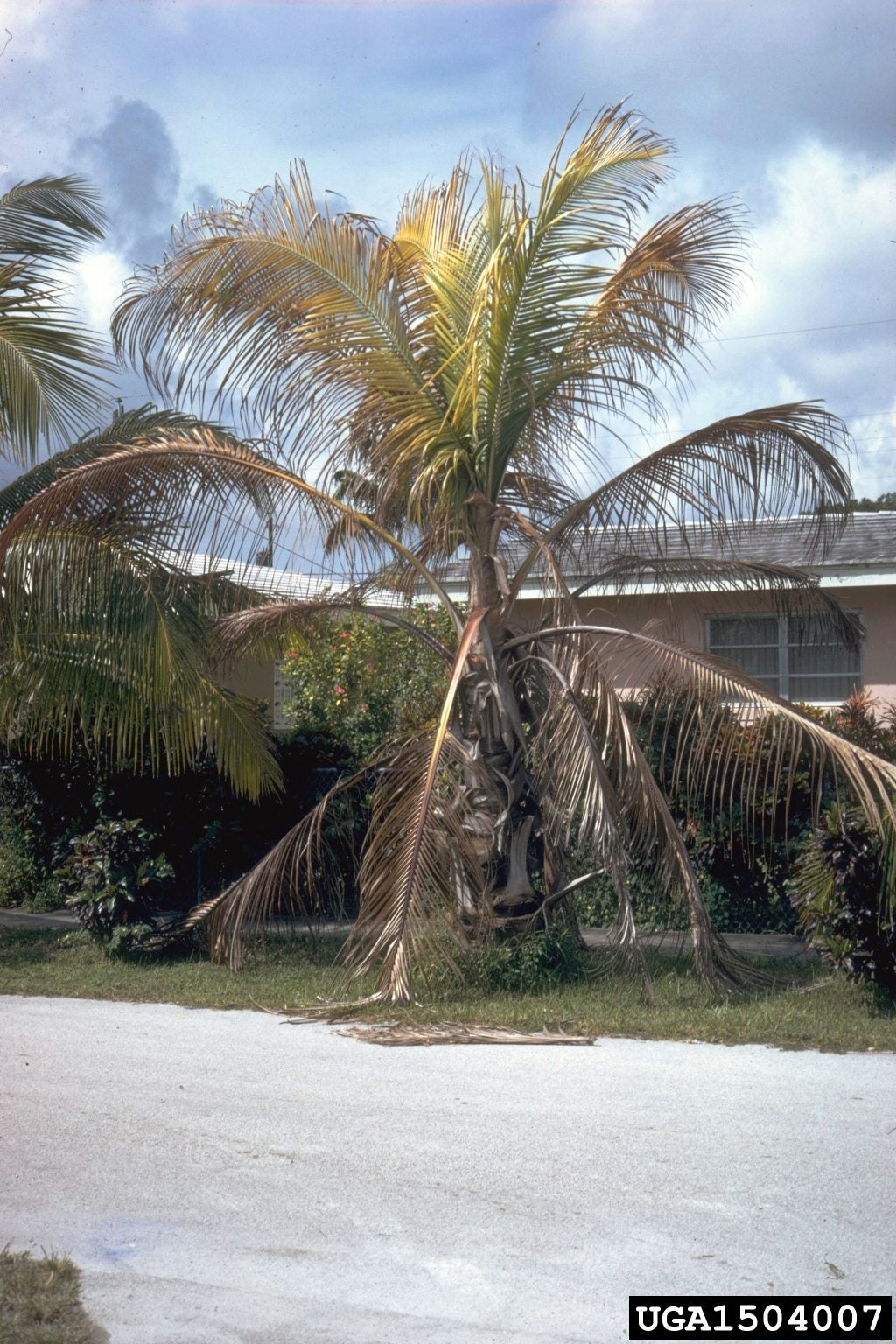

What is lethal bole rot? Also known as basal stem rot or ganoderma wilt, lethal bole rot is an extremely destructive fungal disease that affects various palms, including coconut palm, arecanut palm, and oil palm trees. Read on to learn more about bole rot in coconut trees.
Symptoms of Lethal Bole Rot
The first symptoms of lethal bole rot include wilting of mature leaves, which turn bronze or yellow. As the disease progresses, a reddish brown, yellow-edged dry rot develops on boles at the base of the trunk. You may also notice indentations lined with mold, particularly in the trunks of trees younger than four years old. You may notice a foul, rotted odor, primarily at the base of affected leaves. Bole rot in coconuts is usually indicated by molding of the fruits.
Treating Lethal Bole Rot
Treating lethal bole rot is complicated and may not be successful. Lethal bole rot disease is nearly always fatal, although progression of the disease depends on age of the tree, climate, and other factors. Afflicted trees, especially those in dry climates, may die within eight weeks, while trees in areas with higher rainfall may survive five to six years. If you have palm trees, the best course of action is to contact a palm tree expert who has experience in palm tree care and disease diagnosis, preferably while your trees are still healthy and you can take preventive measures. If your tree is already affected, certain fungicides may be effective. Healthy trees are more likely to prevent development and spread of the disease. Pay close attention to proper drainage, soil aeration, fertilization, sanitation and irrigation. Now that you know a little about lethal bole rot and its symptoms, you may be able to catch the disease before it has a chance to completely take hold of your coconut tree (or other palm), making its recovery more possible.
Gardening tips, videos, info and more delivered right to your inbox!
Sign up for the Gardening Know How newsletter today and receive a free copy of our e-book "How to Grow Delicious Tomatoes".

A Credentialed Garden Writer, Mary H. Dyer was with Gardening Know How in the very beginning, publishing articles as early as 2007.
-
 12 Lush Alternatives To A Lawn For Sustainable Spaces
12 Lush Alternatives To A Lawn For Sustainable SpacesAlternatives to a lawn are beautiful and also beneficial to your local ecosystem and its pollinators. Explore our top picks for plants to replace grass.
By Tonya Barnett
-
 Types Of Tomatoes Explained: Explore The Many Wonderful Shapes, Colors, Flavors, & Best Uses
Types Of Tomatoes Explained: Explore The Many Wonderful Shapes, Colors, Flavors, & Best UsesThe world of tomato varieties is vast and fascinating. Learn about the key types to grow in your garden, tailored to your preferences and space.
By Amy Grant
-
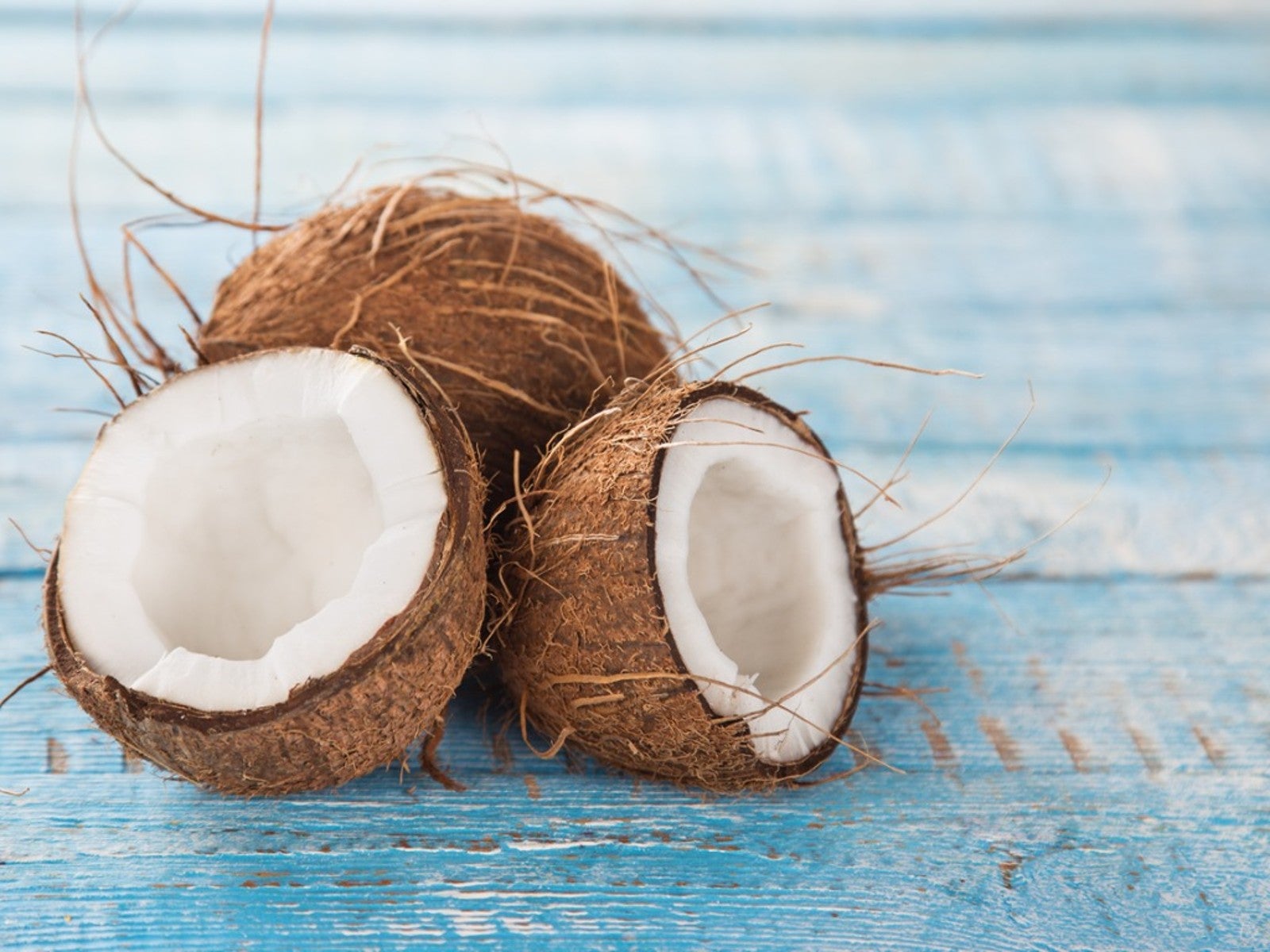 How To Use Coconut In The Garden
How To Use Coconut In The GardenIn the past we wouldn’t have considered using coconut byproducts in our gardens. Now we know it’s a great renewable natural alternative. Read on.
By Bonnie L. Grant
-
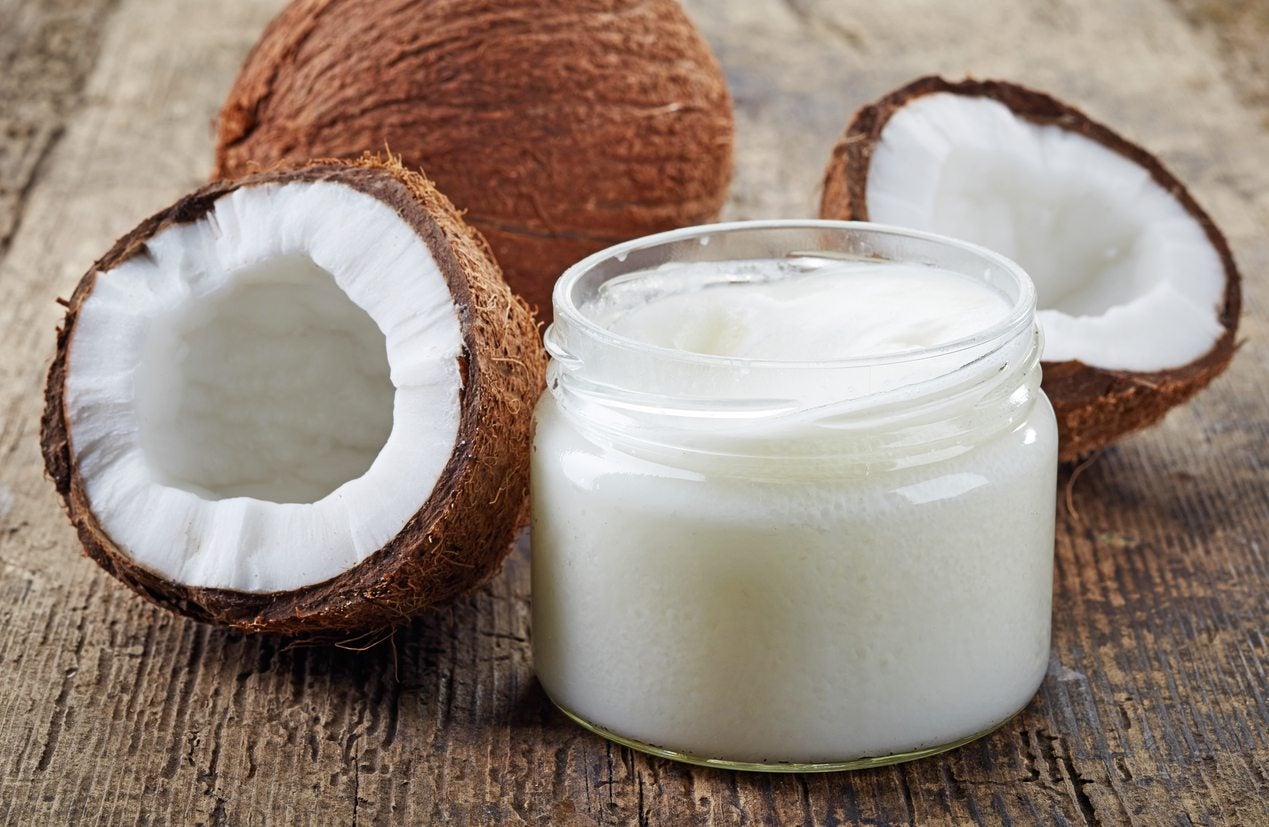 Coconut Oil Facts: Using Coconut Oil For Plants And More
Coconut Oil Facts: Using Coconut Oil For Plants And MoreYou can find coconut oil listed as an ingredient in many foods, cosmetics and other items. But what is coconut oil and how is it processed? There are virgin, hydrogenated and refined coconut oils with each being made a slightly different way. Learn more here.
By Bonnie L. Grant
-
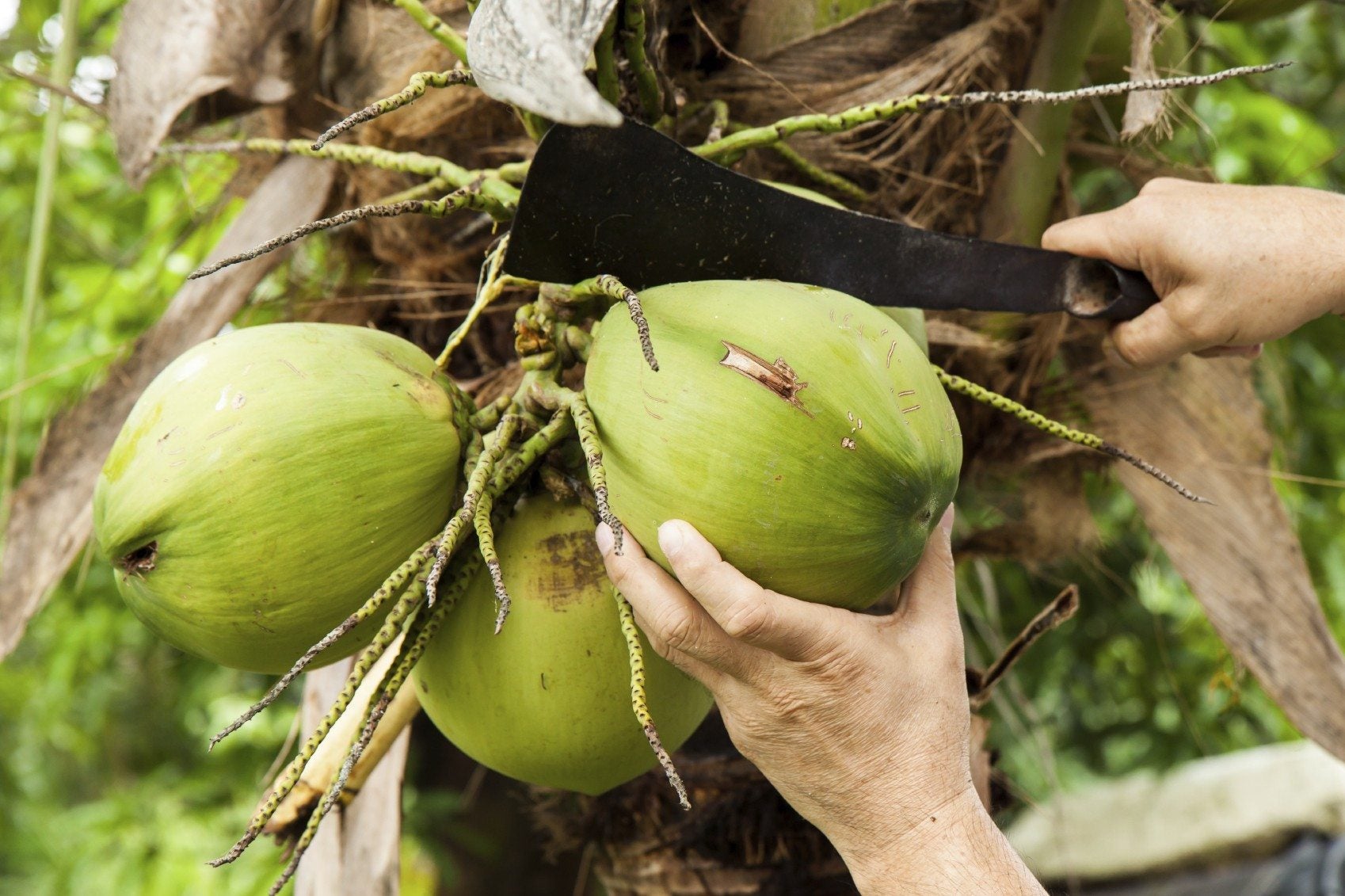 When Are Coconuts Ripe: Do Coconuts Ripen After They Are Picked
When Are Coconuts Ripe: Do Coconuts Ripen After They Are PickedIf you live in a suitably tropical region, you may be lucky enough to have a coconut in your landscape. The questions then arise, when are coconuts ripe and how to pick coconuts from trees? Click this article to find out all about harvesting coconuts.
By Amy Grant
-
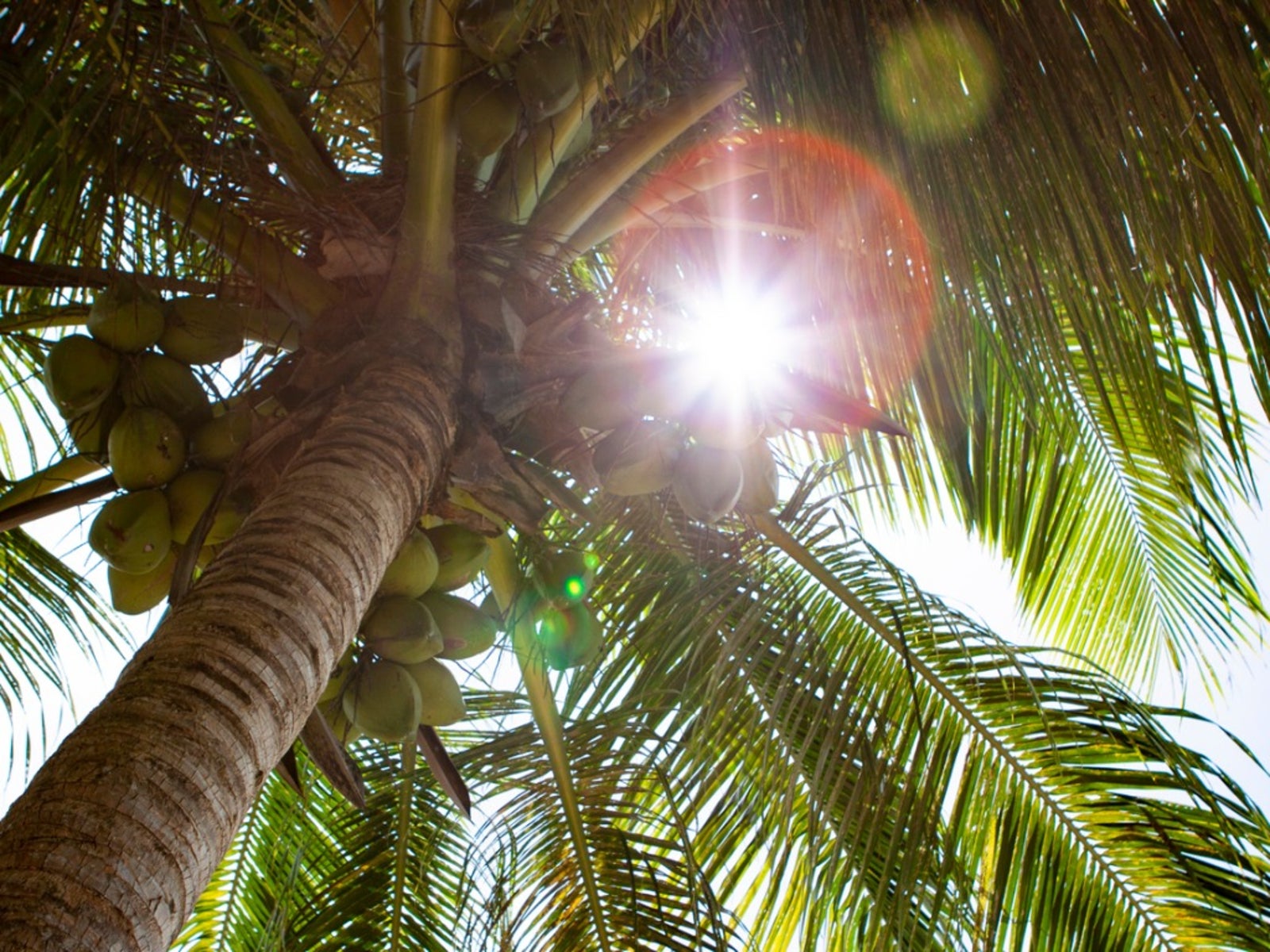 Coconut Palm Diseases – Reasons And Fixes For Coconut Wilting
Coconut Palm Diseases – Reasons And Fixes For Coconut WiltingCoconut trees are fairly low maintenance, interesting specimens for the home garden. Even so, they are susceptible to some coconut palm diseases and environmental stresses, such as coconut wilting. Learn more about this here.
By Amy Grant
-
 Fertilizing Coconut Palm Trees: How And When To Fertilize Coconut Palms
Fertilizing Coconut Palm Trees: How And When To Fertilize Coconut PalmsWith proper care, a coconut palm tree will produce an abundance of fruit for up to 80 years, so learning about fertilizing coconut palm trees is of paramount importance for the longevity of the tree. Explore how to fertilize coconut palm trees in this article.
By Amy Grant
-
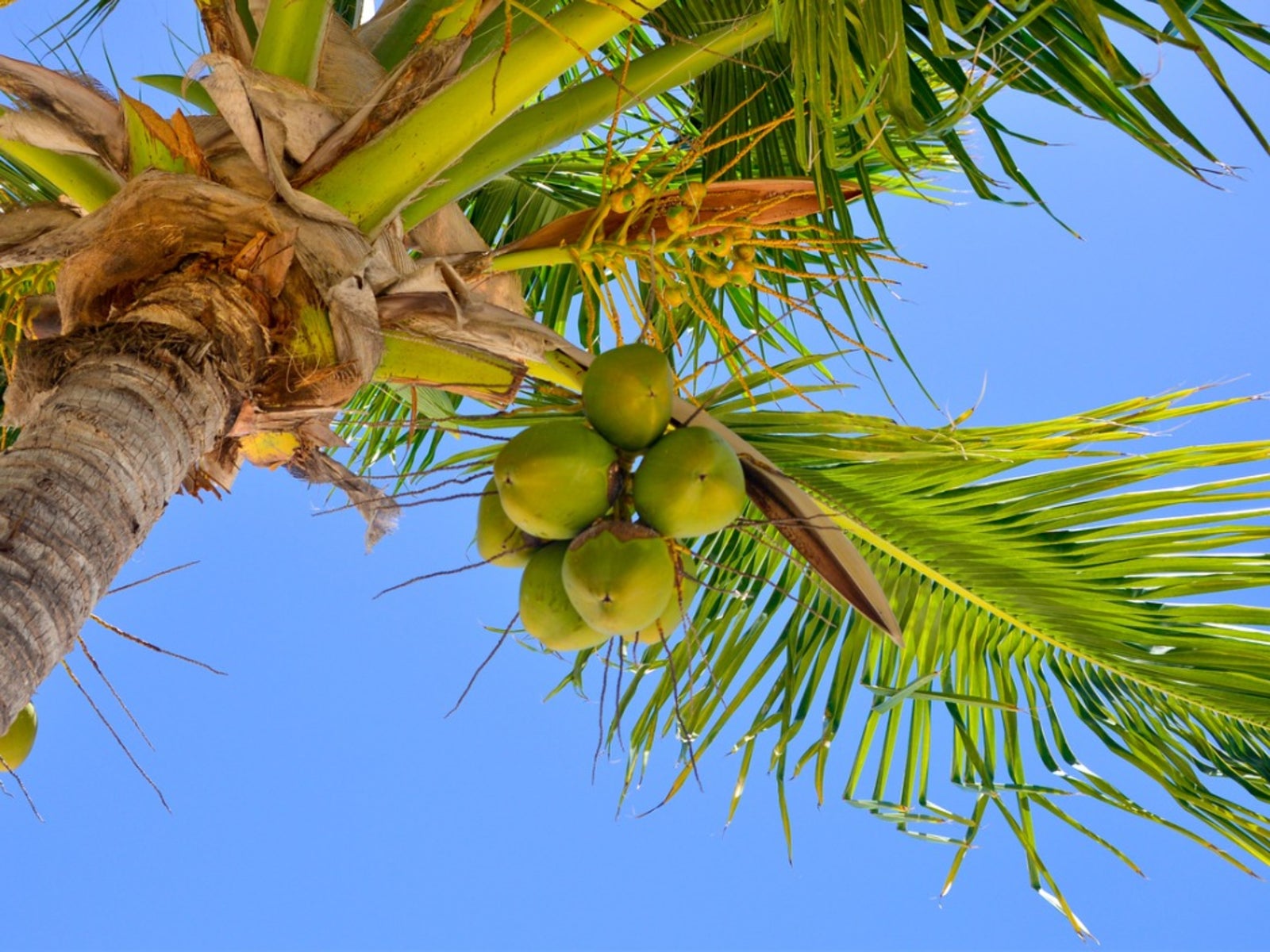 Coconut Tree Disease And Pests: Treatment Of Coconut Tree Issues
Coconut Tree Disease And Pests: Treatment Of Coconut Tree IssuesCoconut tree problems can interfere with healthy growth. Therefore, proper diagnosis and treatment of coconut tree issues is essential. Learn more in this article so you can grow healthy coconuts.
By Susan Patterson
-
 Coconut Tree: Complete Care And Growing Guide
Coconut Tree: Complete Care And Growing GuideLearn how to plant and grow a beautiful coconut tree if you live in a warm climate. If not, grow one in a container. Coconut palms bring the feel of the tropics into your space.
By Teo Spengler